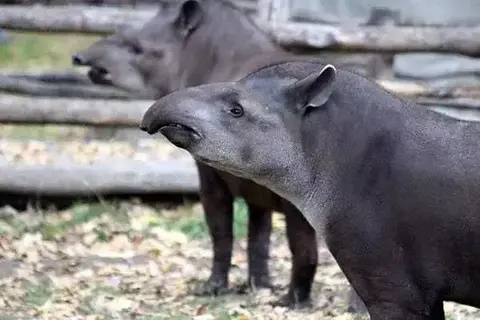Facts About Dolphin Babies
Evelyn StarDolphins are caring mothers.
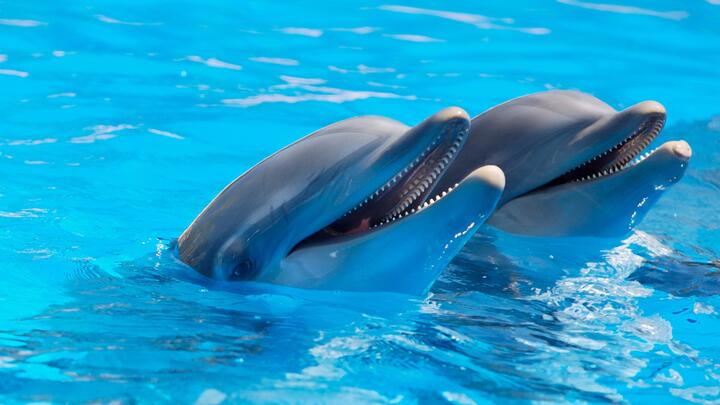 Photo by HAMID ELBAZ on pexels
Photo by HAMID ELBAZ on pexelsThey, like human women, give birth to one baby at a time and devote all their time to caring for it.
Dolphins protect children, introduce them to the world around them, and teach them how to get food. The more interesting it is to learn how dolphins live in their first months of life.
Dolphins give birth once in two years on average. A baby can be born as a small – in 50-60 cm, and quite large – a third of the mother’s length, like a white whale.
Before giving birth, a dolphin moves a lot, “yawns”, curves his back and tail. Having noticed these signs, other residents of the herd come to her aid. They form a dense ring around the birth, help, and protection if necessary.
Immediately after birth, the calf is pushed to the surface so that the lungs spread out and he managed to breathe in the fresh air.
In the first hours of life, the density of the dolphin is lower than the density of water. This happens because in the mother’s womb the calf has time to accumulate good fat stock. Therefore, the first few hours it looks like a float – it moves in an upright position, slightly moving the front fins.
Dolphin baby remembers its parent by voice. Immediately after delivery, the dolphin’s mother begins to whistle intensively – ten times more often than usual. This is done so that the cub does not confuse his mother with other dolphins who are next to him.
In the first few months of a dolphin’s life, the mother does not leave him. The dolphin’s voice is thin and squeaky. When he wants to pay attention to himself to be fed, he “cries” just like a human calf.
One dolphin is very different from the inhabitants of the land – it’s a dream. Humans are used to the fact that infants sleep a lot, and this is relevant not only for primates but also for cats, dogs, bears, and many other mammals.
But in dolphins, the situation is the opposite. In the first month of life, a dolphin practically does not sleep. His mother also has to be awake, watching the restless child. Newborn dolphins do not yet know how to hold their breath for a long time and rise to the water surface on average once every three minutes. In the second month of life, the babies begin to sleep a little bit. Gradually, they reach the norm of sleep – adult dolphins sleep for 5-8 hours a day.
Dolphins grow very quickly. For example, a white whale calf at first add 250 grams a day – that is, a kilo for 5 days. On the other hand, and they eat well – up to 30 feeds per day. Nutrition under the water is a natural process for dolphins because the airways of cetaceans are separated from the esophagus, so the animals can not drown.
In the first year of life, the baby stays close to his mother. He can swim only in a circle with a diameter of two or three meters, and in the center of this circle is a parent. If a baby tries to disobey, the mother punishes it. Everything is strict – like in humans.
Over time, the dolphin baby requires less and less mother’s milk. In about a year and a half, it begins to eat fish and get food by itself. The mother passes on to him useful skills – she teaches him how to communicate and get food. It happens easily and naturally – in the form of games and imitation. Smart and smart, dolphins learn quickly.
But there are no caring fathers among dolphins. All cubs are brought up in a female herd – from the first days of life, they are surrounded by aunts and grandmothers.
Male dolphins form their own, separate male clan. They show interest in females only in the mating period. When a calf male grows up, he can join the male clan. Dolphins, as a rule, remain in the mother herd. Here they come back after the pre-marriage period, where they give birth and raise children.
The period of intensive reproduction in females lasts about 15 years – from 4-5 to 20. Dolphins do not have the same biological norm “how much to give birth”. One mother can give birth to 7-8 babies, and the other – only two or three. This suggests that dolphins have distinct social roles. For example, “I am lucky in love” or “I love children”. Or the other way around.
Fascinating Facts About Baby Dolphins
 Photo by Guillaume Hankenne on pexels
Photo by Guillaume Hankenne on pexelsThere are many fascinating facts about baby dolphins. These mammals are incredibly intelligent and lovable. Learn more about how they are born, nurse, grow, and interact with their mother. You might be surprised to know that they are the only creatures in the world that can make their babies cry. In fact, you can even watch the birth of a dolphin! Here are some fascinating facts about baby dolphins! Let’s dive in!
First and foremost, you should know that bottlenose dolphin calves stay with their mothers for about three years until they learn how to hunt. This is a huge advantage for the animals since they are very dependent on their mother’s milk for survival. They are also extremely close to their mothers and bond very closely. They are completely dependent on their mother’s milk for nutrition and are very dependent on their mom to help them grow.
At birth, baby dolphins are between three and five feet long and weigh 22 to 44 pounds. They have hair on their upper jaws, but this grows out shortly after birth. Their tail flukes and dorsal fins are also flexible, which means that they can swim around. Once they reach six months of age, they are ready to start feeding. Their breastmilk is thick like a milkshake, which makes it easy for them to drink in water.
When they give birth, they do not breathe with their mouths. They breathe through blowholes on top of their heads. Their lungs are filled with 80% to 90% of the air that a human breath contains, so a baby dolphin must swim to the surface to catch its first breath. To be able to take their first breath of air, a baby dolphin must swim from the mother’s womb to get to the surface and get a breath of air.
Baby dolphins are very adorable. They have mustaches and can drink breastmilk. Their mother is similar to a human in that she gives birth underwater, bringing the baby back to the surface to breathe. They can also communicate with each other. They can even talk to one another. In addition, they can also learn new things from other dolphins. The same is true of human-dolphin communication. A human can communicate with their mother through the sounds and smells of the other animal.
Although they are marine animals, they do not have gills and must swim to the surface for air. This means that they need to be born tail-first, and will remain with their mother for up to three years, whereas a female dolphin will take up to 10 years to reach puberty. The baby dolphin will stay with its mother until it reaches its first birthday when it is usually around four years old.
A dolphin will stay with its mother for three to eight years after giving birth. The baby will live with its mother for three to four years, depending on the species. A newborn dolphin will stay with her mother until he is about five or six years old. The mother will feed the baby with milk until the infant is able to catch fish. The newborn will remain with its mother for as long as the mother will allow it to.
A dolphin will stay with its mother for three to eight years after it has finished nursing. Some species take up to 10 years to reach puberty. When it is born, the newborn will stay with its mother for a few hours. In its first year, the newborn dolphin is completely dependent on its mother. It will suck her milk until it is strong enough to swim on its own. If the mother dies during birth, the newborn will stay with its mother until it is strong enough to swim on its or her own.
Dolphins have long gestation periods ranging from 11 months to two years. Most species have a long gestation period and very short gestation. Some dolphin species are much larger than others. A pregnant female can have several babies in her lifetime. A newborn baby dolphin will be around four or five inches long. It is one of the largest mammals in the world. It is an excellent example of a baby dolphin’s development and growth.
- RodentsFun Facts About Muskrat
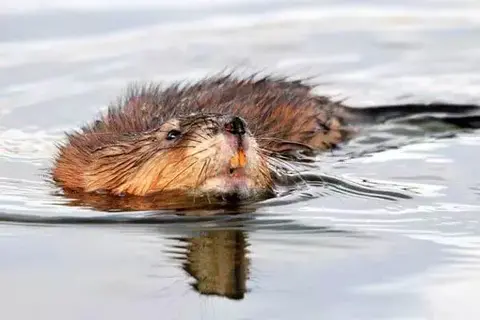
- RodentsHow Do Squirrels Reproduce?By Noah Young

- DogsWhy Does A Dog Dig Holes In The Ground?By Camilo Walker

- LivestockWhat Do Donkeys Eat In The Wild?By Murphy Scott

- WildlifeWhat Is The Lifespan Of Hippo?By Amelia B
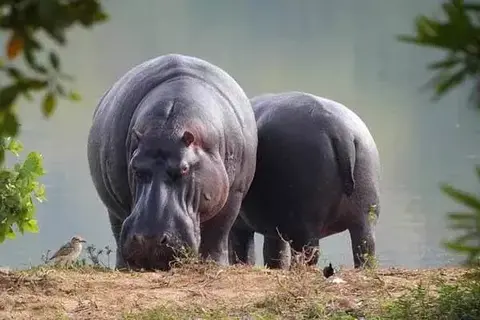
- WildlifeAmazing Facts About Polar Bear CubsBy Evelyn Star
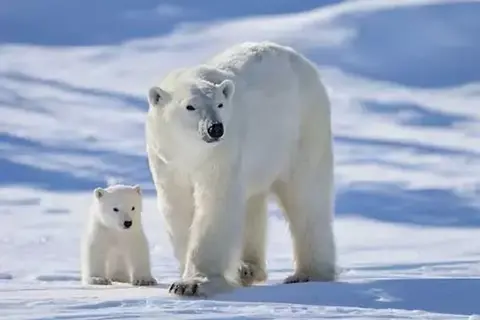
- Livestock27 Interesting Facts About HorsesBy Noah Young
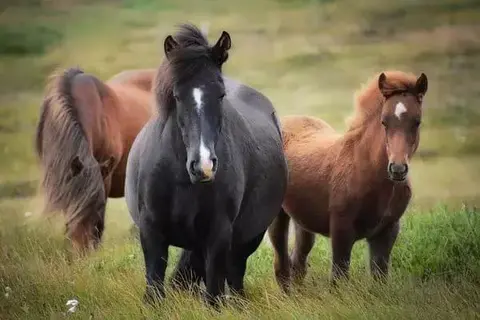
- Rodents20 Interesting Facts About HamstersBy Noah Young
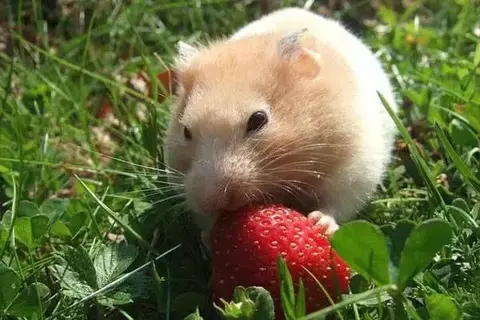
- Birds22 Interesting Facts About EaglesBy Lucas Torres

- WildlifeWhat Do Tapirs Eat?By Murphy Scott
